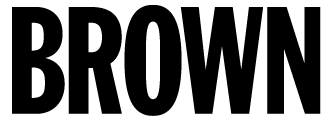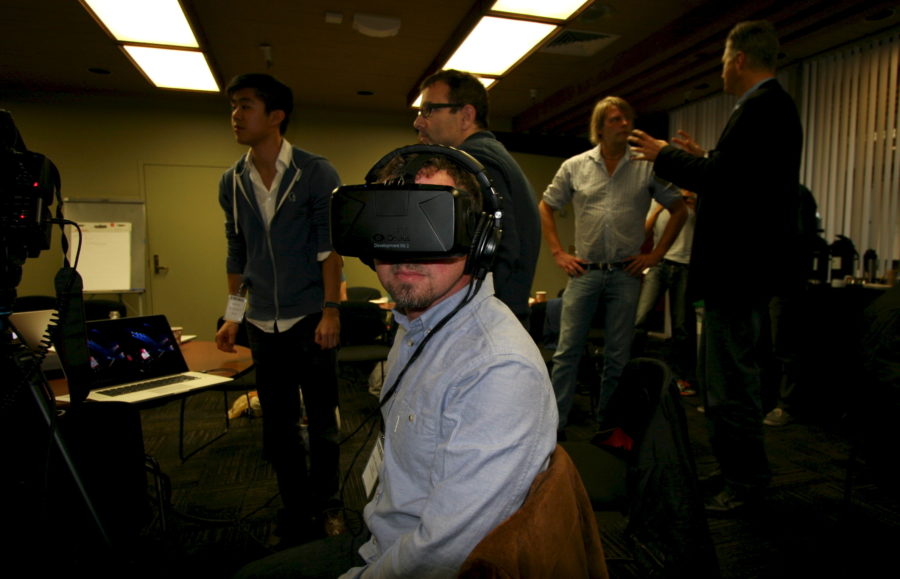Stanford Assistant Professor of Computer Science, Michael Bernstein, led Magic Grant teams in a Design Thinking-style “Crash Course” at the Brown Institute’s second All Hands meeting of 2014, December 2 and 3, held at Stanford. Prof. Bernstein offered the teams a “D.School digest” adapted from his popular Introduction to Human Computer Interaction class (CS 147/247).
Among his key takeaways: “Focus on users needs.” What do we mean when we talk about a need? Prof. Bernstein asked. “Something that a user wants … something that increases productivity…. something that must be satisfying … something that is induced necessity (by a situation and/or scenario),” he said. Leading the teams through a series of exercises, Prof. Bernstein helped our grantees sharpen their “needs finding” thinking in order to better ground their projects in something users actually want.
Prof. Bernstein then offered tips on prototyping. “All prototypes ask a question,” he told the group. Pointing to the early days of the Palm Pilot, Prof. Bernstein remembered how Jeff Hawkins initially used a wood block to simulate the form of the first hand-held computer. Similarly, he discussed the first digital camera produced by Kodak. Their question – What would it be like to see your photograph right after you take it? (Never mind that the actual prototype was gigantic!) “Kodak didn’t care about the physical importance of the device. They cared about the interaction and the buttons on the screen,” he said.
Finally, Prof. Bernstein suggested that each team generate several prototypes for their project, rather than sticking to just one idea and refining it in a linear fashion. “Flare out to a bunch of other ideas, then focus back down to fewer ideas. Then flare back out and in. This is the design process,” he explained. “ Generate many prototypes,” he said. “You will come out ahead.”
And come out ahead they did. Prof. Bernstein then got the groups to generate two or three more versions of their projects encouraging the teams to think about the visual design of their prototypes. Design is a guide, he told the group. Typography, site navigation and use of color, all matter to users.
A follow-up feedback session with outside “users” and industry experts helped the teams further “flare and focus, “test their assumptions, and define next steps. For example:
Three documentary filmmakers reviewed the Reframe Iran project. With much experimentation happening in the immersive storytelling space, they encouraged the team to experiment with a 360-degree camera to explore and devise new storytelling techniques.
After hearing from experts in the art field, the Art++ team, which is trying to technologically augment the art-going experience, rethought the potential of its product as a way to draw more visitors to museums.
Science Surveyor, which is developing a tool to help journalists quickly understand the context around breaking news in scientific research, was encouraged to quickly dive into more user testing to see how journalists react to their idea.
Experts from local government challenged members of the Synapp and Widescope teams to explain why their projects – designed to address the problem of community engagement and improve participatory democracy – would provide incentives for citizens to increase their civic engagement. The team is exploring how technology can address the issue of: “I want to participate but I’m busy.”
The X-Ray team, which is trying to better understand how targeted advertising works, reported interesting results from the its 2014 election study. It was designed to identify where political ads in 10 close Senate races came from, who was targeted, pricing and click-through rates, among other factors. The team is now asking similar questions about advertising in other areas with the goal of identifying who is selling data to whom.
Finally, the Visual Genome team, which is attempting to develop a new search-by-image photo system, tested the use of its journalistic portal and learned that its interface might be too cumbersome for fast-moving reporters. The team is collaborating with Yahoo and Adobe to hone it’s tagging system. As a next step, the team may turn to Getty Images as a potential source to better understand journalistic needs and applications.

